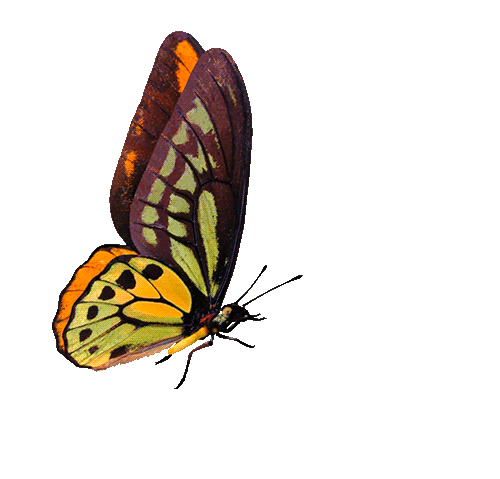top of page

Name
Pinecone
Latin
Secret Meaning
Life/Fertility

Alternative Names:
Facts & Folkore:
A modern and ancient favorite for seasonal decorations, the pines are actually a large family of tree species, including firs, spruces, cedars, and others. Pines are long lived and typically reach ages of 100–1,000 years, or even more!
The longest-lived is the Great Basin bristlecone pine, Pinus longaeva, and one individual of this species, dubbed "Methuselah", is one of the world's oldest living organisms at around 4,600 years old. This tree can be found in the White Mountains of California. An older tree, now cut down, was dated at 4,900 years old. It was discovered in a grove beneath Wheeler Peak in White Pine County, Nevada, and was known as "Prometheus" after the Greek immortal.
The seeds of all pine species are edible as well as the inner bark and the needles. The most common species with seeds large enough to harvest are:
Old World:
Pinus pinea - Italian stone pine
Pinus cembra - Swiss pine
Pinus koraiensis - Korean pine
Pinus gerardiana - Chilgoza pine
Pinus sibirica - Siberian pine
Pinus pumila - Siberian dwarf pine
Pinus armandii - Chinese white pine [reputed to cause taste disturbance]
Pinus bungeana - lacebark pine
New World:
Pinus cembroides – Mexican pinyon
Pinus orizabensis – Orizaba pinyon
Pinus johannis – Johann's pinyon (includes P. discolor – Border pinyon)
Pinus culminicola – Potosi pinyon
Pinus remota – Texas pinyon or papershell pinyon
Pinus edulis – Two-needle pinyon or Colorado pinyon
Pinus monophylla – Single-leaf pinyon
Pinus quadrifolia – Parry pinyon
The pine nuts are located at the base of each scale of the pine cones and can be hard to extract. Some cones such as the jackpine of the northwest United States only open under fire conditions.
Pine nuts have been known to cause taste disturbances, lasting from a few days to a few weeks after consumption. The bitter, metallic, unpleasant taste is known as "pine nut syndrome" (PNS), or "pine mouth." Though still a puzzle to scientists and doctors, some research suggests that this issue is limited to nuts from Pinus armandii, which occurs mostly in China, and that chemicals used in the shelling process might be responsible, so beware!
Click or hover over image.


bottom of page

